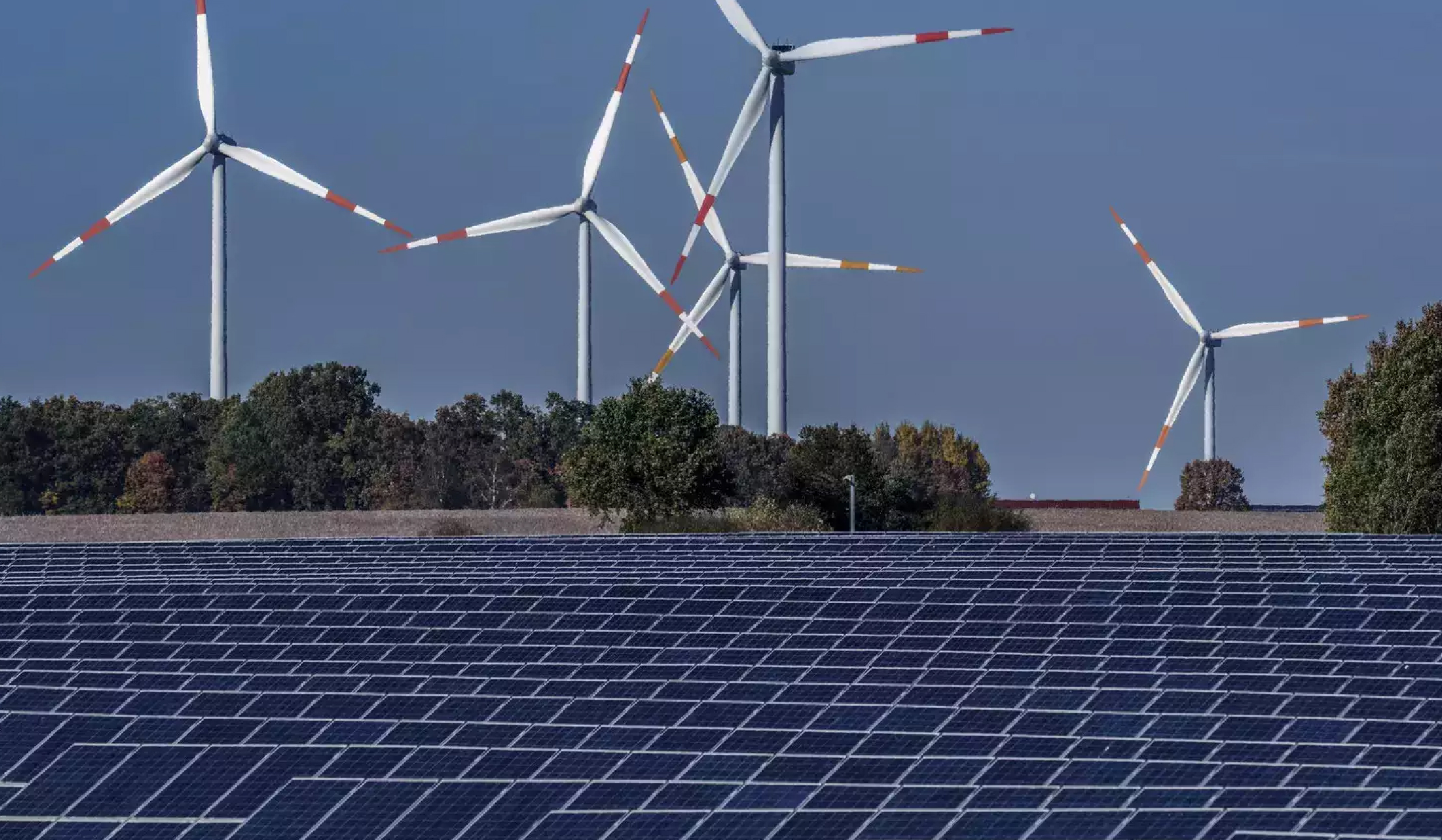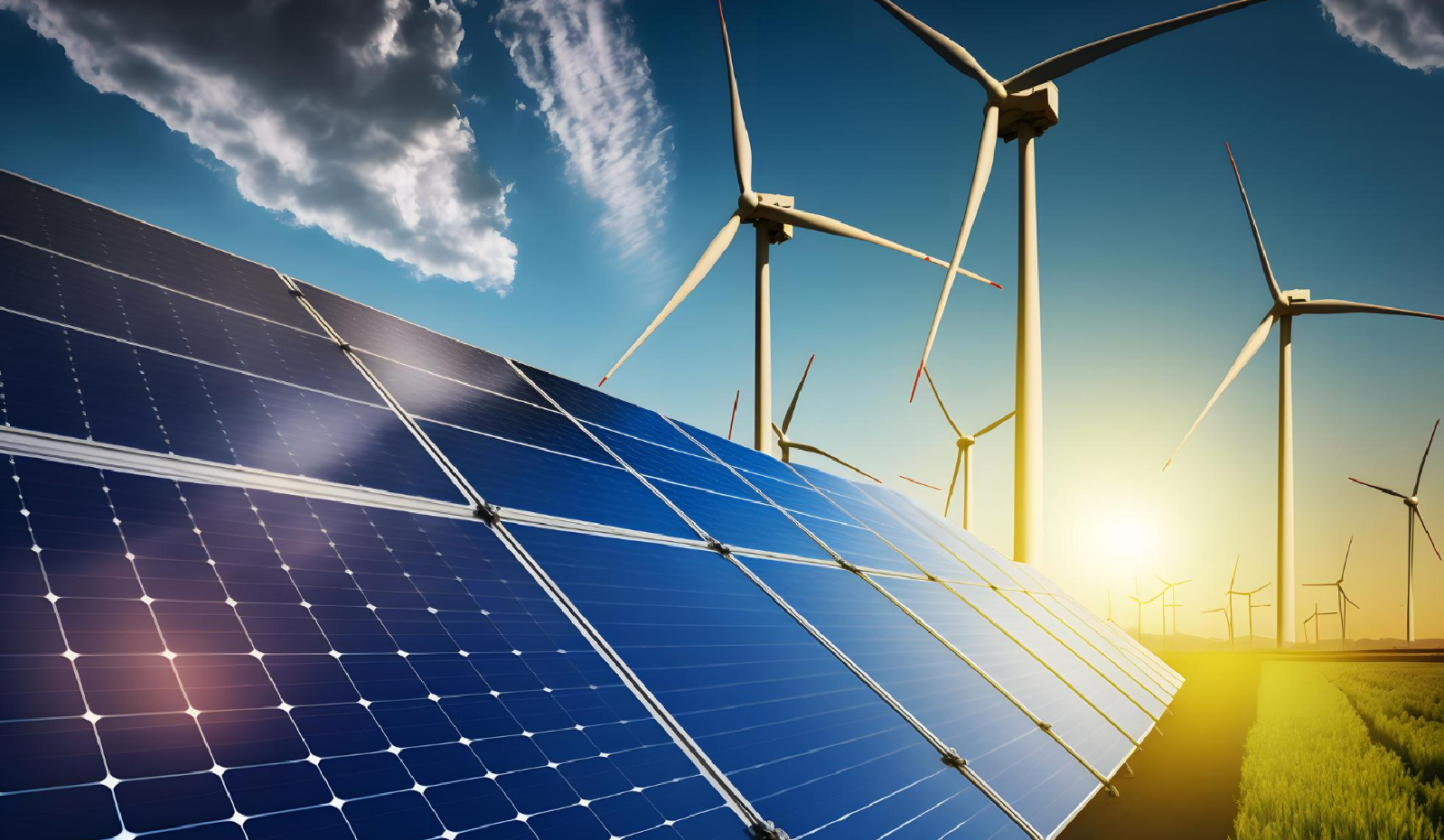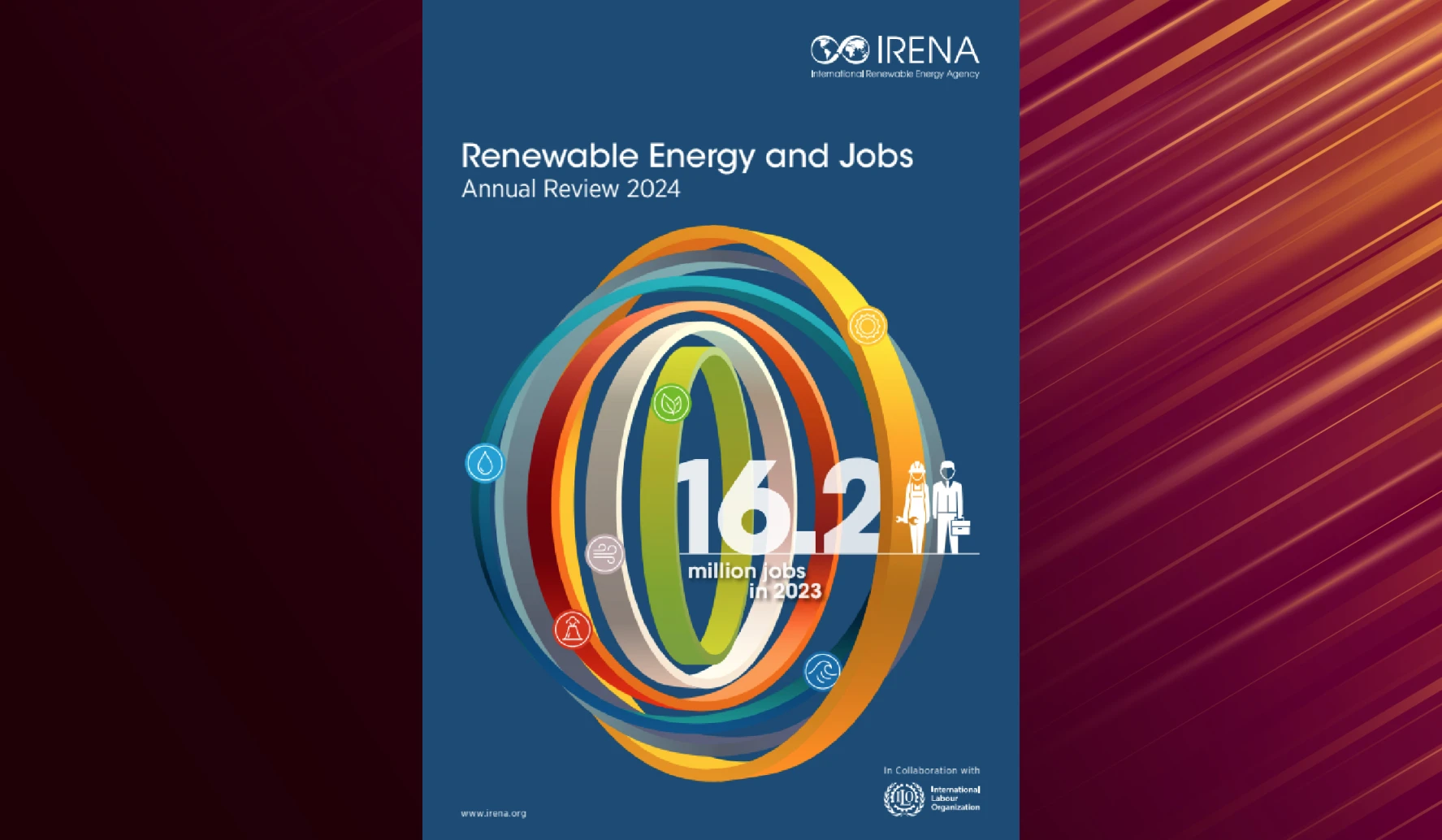India has also achieved one of its major COP26 (Panchamirit goals) to have 50 % of installed electric power capacity from non-fossil fuel sources by 2030 five years ahead of the schedule.
- India’s Present Energy Mix:
- Non-fossil fuels-51% (256 GW),
- Fossil fuels 49% (244 GW).
- Share of Renewables:Solar: 127 GW, Wind: 53 GW, Hydro: 47 GW.
India's Key Renewable Energy Initiatives
- PLI Scheme: to boost domestic manufacturing of high-efficiency Solar PV modules.
- PM-KUSUM: to install grid-connected solar power plants and solarise agricultural pumps.
- Green Hydrogen Mission: Aimed at making India a global hub for the production, utilisation, and export of Green Hydrogen.
- Green Energy Corridor: to strengthen the transmission network for evacuation of large-scale renewable power.
- RPO Obligation: Mandates Discoms to procure a specified minimum percentage of power from renewable sources.
Key Issues in Renewable Energy Expansion
- Grid & Storage Constraints: RE sources are variable and unpredictable as they are dependent on fluctuating weather conditions.
- Transmission Bottlenecks: Solar plants can be built within a year, but transmission lines take up to two-and-a-half years.
- Financing Risks: Unsigned Power Purchase Agreements and financially weak discoms hinders project uptake.
- High Import Dependence: Reliance on foreign solar modules and critical minerals.
- Land & Policy Delays: Land acquisition hurdles and inconsistent state regulations slow project execution.
Way Forward
- Storage Investment: Mandate large-scale Battery Energy Storage Systems (BESS).
- Stronger Infrastructure: Fast-track the Green Energy Corridor and streamline land approvals.
- Domestic Manufacturing: Expand local production of solar modules, batteries, and green hydrogen technologies.
- Policy Stability: Ensure predictable regulations and promote decentralised renewable energy, especially rooftop solar.







